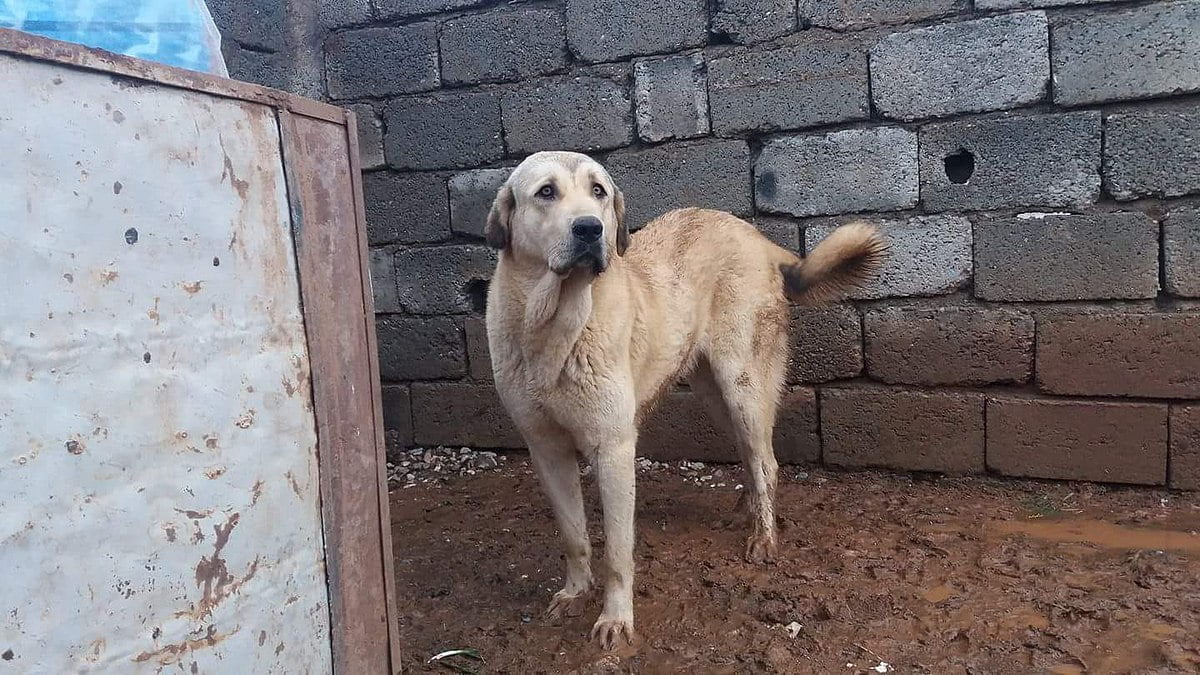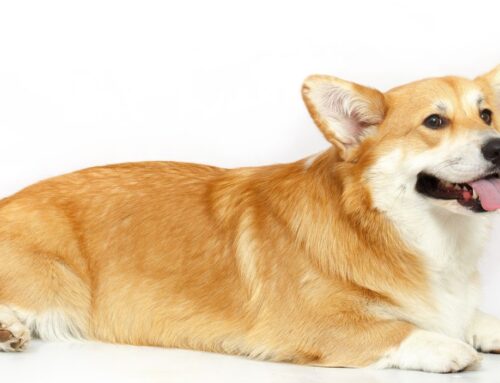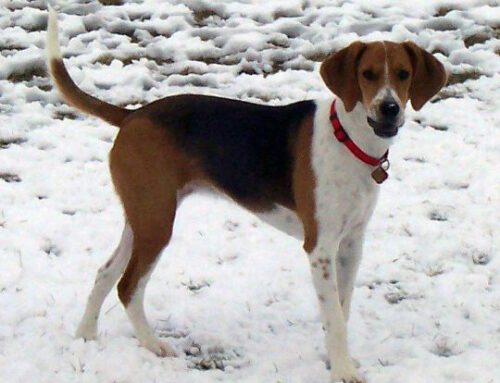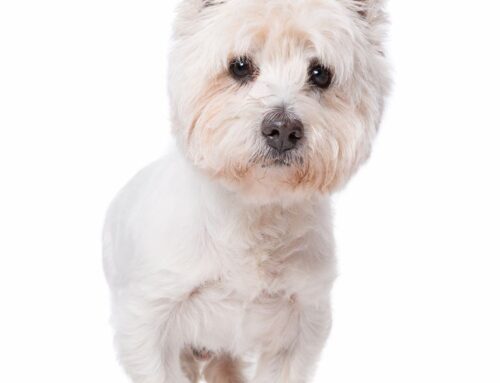Are you contemplating getting a new furry friend and considering the Kurdish Mastiff breed? These dogs are known for their impressive size and protective nature. The Kurdish Mastiff, also known as the Kangal, is a breed of dog that originated in Turkey and has been used for centuries as a guardian of livestock. Their loyal and protective personalities make them great companions for families who are looking for a dog that will stand by them and protect them at all costs. However, before making a decision, it’s essential to learn more about the breed’s characteristics, needs, and temperament to ensure that it’s the right fit for you and your family.
Breed Category: Working
Country of Origin: Iran
Average Size:70-80 cm (at the shoulder)
Average Weight:50-70 kg
Average Life Span: 10-12 years
Grooming Requirements: Moderate
Exercise Requirements:High
History and Origin
The Kurdish Mastiff, also known as the Kurdish Kangal, is a large and powerful breed of dog that originated in the Kurdish regions of Turkey, Iran, and Iraq. These dogs were originally bred to protect livestock from predators such as wolves and bears, and they have been used for this purpose for centuries. The Kurdish Mastiff is a loyal and protective dog that is highly valued by the Kurdish people, and it has become increasingly popular in other parts of the world in recent years.
The exact origins of the Kurdish Mastiff are not known, but it is believed that the breed has been around for thousands of years. The dogs were originally bred by the Kurdish people, who are a nomadic group that has lived in the region for centuries. The dogs were used to protect their flocks of sheep and goats from predators, and they were also used for hunting. The Kurdish Mastiff is a descendant of the ancient Molossus breed, which was used by the Greeks and Romans for war and hunting.
The Kurdish Mastiff is a large and powerful dog that can weigh up to 140 pounds. They have a thick, double coat that is usually a light tan or fawn color, and they have a black mask around their eyes and muzzle. The dogs have a broad head and a muscular body, and they are known for their strength and agility. The Kurdish Mastiff is a highly intelligent dog that is easy to train, and they are known for their loyalty and protective nature.
The Kurdish Mastiff is a popular breed in Turkey, where it is known as the Kangal. The dogs are highly valued by the Turkish people, and they are often used to protect livestock from wolves and other predators. The breed has also become popular in other parts of the world, including the United States and Europe. The dogs are often used as guard dogs and family pets, and they are known for their gentle nature with children.
The Kurdish Mastiff is a breed that is highly valued by the Kurdish people, and it has played an important role in their culture for centuries. The dogs are often featured in Kurdish folklore and literature, and they are considered to be a symbol of strength and loyalty. The breed has also been used in Kurdish military campaigns, where they were used as war dogs. Today, the Kurdish Mastiff is still used by the Kurdish people to protect their flocks of sheep and goats, and
Size and Breed Category
The Kurdish Mastiff is a large breed of dog that originates from the Kurdistan region of Iran. They are known for their impressive size and muscular build, with males typically weighing between 70-90 kg and standing at a height of 70-80 cm at the shoulder. Females are slightly smaller, weighing between 50-70 kg and standing at a height of 65-75 cm at the shoulder. Their coat is thick and dense, with a range of colours including black, brown, and cream. The breed is also known for their distinctive facial features, with a large head and powerful jaws.
The Kurdish Mastiff is classified as a working breed, originally bred for guarding and protecting livestock. They are known for their loyalty and protective nature, making them excellent guard dogs. However, they also require a firm and consistent hand when it comes to training and socialisation. Due to their size and strength, they are not recommended for inexperienced dog owners or families with young children. With proper training and socialisation, the Kurdish Mastiff can make a devoted and loyal companion for those who are able to provide them with the space and exercise they require.
Fur Length and Colour
The fur of the Kurdish Mastiff is thick and dense, providing excellent insulation against cold weather. The length of the fur varies depending on the individual dog, but it is generally medium to long. The fur is also quite coarse, which helps to protect the dog from scratches and other injuries. The most common colours for the fur of the Kurdish Mastiff are black, brown, and white, although some dogs may have a combination of these colours. The fur is also often patterned, with stripes or spots of different colours. Overall, the fur of the Kurdish Mastiff is an important feature that helps to protect the dog from the elements and other hazards.
The colour of the fur of the Kurdish Mastiff can vary widely, but it is usually quite dark. Black is a common colour, as is dark brown. Some dogs may have white markings on their fur, particularly on their chest or paws. The fur may also be a combination of different colours, with patches of black, brown, and white. The colour of the fur is an important characteristic of the breed, as it helps to distinguish the Kurdish Mastiff from other breeds of dog. Additionally, the colour of the fur can be an indicator of the dog’s health and well-being, as a shiny, well-groomed coat is a sign of a healthy dog.
Termperament and Trainability
Kurdish Mastiffs are known for their calm and composed temperament. They are not easily provoked and are generally friendly towards their owners and other animals. However, they can be protective of their territory and may exhibit aggression towards strangers if they feel threatened. It is important to socialize them from a young age to prevent any unwanted behavior. They are also known for their loyalty and devotion to their owners, making them excellent guard dogs.
In terms of trainability, Kurdish Mastiffs can be stubborn and independent. They require a firm and consistent approach to training, as they may try to assert their dominance. Positive reinforcement techniques such as treats and praise can be effective in motivating them to learn. However, they may not respond well to harsh or physical punishment. It is important to start training them from a young age to establish good behavior habits. With patience and persistence, Kurdish Mastiffs can be trained to be well-behaved and obedient companions.
Known Health Conditions
Kurdish Mastiffs are prone to certain health conditions that owners should be aware of. One of the most common issues is hip dysplasia, which is a genetic condition that affects the hip joint. This can cause pain, lameness, and arthritis in the affected joint. Owners should ensure that their Kurdish Mastiff is not overweight, as this can exacerbate the condition. Regular exercise and a healthy diet can also help to prevent hip dysplasia.
Another health condition that Kurdish Mastiffs may experience is bloat, also known as gastric torsion. This occurs when the stomach fills with gas and twists, which can be life-threatening if not treated promptly. Symptoms of bloat include restlessness, drooling, and a distended abdomen. Owners should take their Kurdish Mastiff to the vet immediately if they suspect bloat. To prevent this condition, it is recommended to feed smaller, more frequent meals and avoid exercise immediately after eating.
Openness to Strangers
The Kurdish Mastiff is a formidable canine that is known for its loyalty and protective nature. This breed is native to the mountainous regions of Kurdistan, where they were originally bred to guard livestock and protect their owners from predators. Despite their imposing size and strength, the Kurdish Mastiff is surprisingly friendly and welcoming to strangers. They are known to be very social animals and enjoy the company of humans and other dogs alike. This breed is also highly intelligent and trainable, making them an excellent choice for families looking for a loyal and obedient companion.
One of the most striking features of the Kurdish Mastiff is their calm and gentle demeanor. Despite their size and strength, these dogs are not aggressive or territorial, and they are known to be very patient and tolerant with children and other animals. They are also very affectionate and enjoy spending time with their owners, whether it’s going for a walk or just lounging around the house. However, it’s important to note that the Kurdish Mastiff is a highly protective breed, and they will not hesitate to defend their family and property if they feel threatened. Overall, the Kurdish Mastiff is a wonderful breed that is well-suited to families looking for a loyal and loving companion.
Playfulness Level
The Kurdish Mastiff is a highly energetic and playful breed of dog. They are known for their love of play and their ability to keep their owners entertained for hours on end. Whether it’s playing fetch, chasing after a ball, or simply running around in the backyard, these dogs are always up for a good time. They are also highly social animals and love to interact with their owners and other dogs. This makes them a great choice for families with children or other pets. Overall, the Playfulness Level of the Kurdish Mastiff is one of their most endearing qualities and is sure to bring joy and laughter to any household.
Despite their large size, the Kurdish Mastiff is surprisingly agile and nimble. They are known for their ability to jump and climb, which makes them great at playing games like hide and seek. They also have a strong prey drive, which means they love to chase after small animals like squirrels and rabbits. This makes them a great choice for families who enjoy outdoor activities like hiking and camping. However, it’s important to note that their high energy levels can sometimes lead to destructive behavior if they don’t get enough exercise. Therefore, it’s important to provide them with plenty of opportunities to play and burn off their excess energy. Overall, the Playfulness Level of the Kurdish Mastiff is one of their most defining characteristics and is sure to make them a beloved member of any family.
Suitability as a Pet for Children
Kurdish Mastiffs, also known as Kangal dogs, have a strong and protective nature that makes them a good choice for families with children. They are loyal and affectionate towards their owners, and their size and strength make them excellent guard dogs. With proper training and socialization, Kurdish Mastiffs can be gentle and patient with children, but they may be wary of strangers. They require regular exercise and a large living space, so they may not be suitable for families living in small apartments. Overall, Kurdish Mastiffs can make great pets for families with children who are willing to provide them with the care and attention they need.
Exercise Needs
Kurdish Mastiffs are known for their high energy levels and require a significant amount of exercise to maintain their physical and mental health. As a large breed, they need plenty of space to run and play, making them better suited for homes with large yards or access to open spaces. A daily walk of at least 30 minutes is recommended, but they will benefit from additional exercise such as running, hiking, or playing fetch. It is important to note that Kurdish Mastiffs can be prone to joint problems, so it is essential to avoid excessive exercise or activities that put too much strain on their joints.
In addition to physical exercise, Kurdish Mastiffs also require mental stimulation to prevent boredom and destructive behavior. Interactive toys, puzzle feeders, and training sessions can help keep their minds engaged and prevent them from becoming restless. As a highly intelligent breed, they thrive on learning new skills and tasks, making them excellent candidates for obedience training or agility courses. It is important to provide a variety of activities to prevent them from becoming bored or disinterested in their exercise routine. With proper exercise and mental stimulation, Kurdish Mastiffs can lead happy and healthy lives.
Suitability for a Multi-Pet Family
Kurdish Mastiffs have been known to coexist peacefully with other pets in the household. They are generally calm and gentle, which can make them good companions for other animals. However, as with any breed, individual temperament can vary and it is important to introduce them to other pets slowly and carefully to ensure a positive relationship. Additionally, proper training and socialization can also play a role in how well a Kurdish Mastiff gets along with other pets.
Housing Requirements
Kurdish Mastiffs require a spacious and secure living environment that can accommodate their large size and energetic nature. A minimum of 100 square meters of outdoor space is recommended for these dogs to run and play freely. The area should be enclosed with a high fence to prevent them from escaping and to ensure their safety. Additionally, the fence should be sturdy enough to withstand their strength and weight. A sheltered area should also be provided to protect them from extreme weather conditions. Inside the house, a large and comfortable bed is necessary for them to rest and sleep. They also require access to fresh water and food at all times.
Proper ventilation and lighting are essential for the health and well-being of Kurdish Mastiffs. The living area should have windows that allow natural light and fresh air to circulate. The temperature should be regulated to keep them comfortable, especially during hot or cold weather. Regular cleaning and maintenance of the living area are also important to prevent the buildup of dirt and bacteria that can cause health problems. Owners should also provide regular exercise and playtime to keep them physically and mentally stimulated. Overall, a safe, comfortable, and stimulating living environment is crucial for the happiness and health of Kurdish Mastiffs.
Summary
The Kurdish Mastiff, also known as the Kangal, is a large and powerful dog that has been traditionally used as a livestock guardian in Turkey. Due to their size and protective nature, they require experienced owners who can provide them with proper training and socialization. While they can make loyal and affectionate pets, they are not suitable for everyone and require a lot of space and exercise. It is important to research and understand the breed’s needs before considering them as a pet.
Kurdish Mastiff Dog FAQS
No, Kurdish Mastiffs can be stubborn and require consistent training and socialization.
Yes, Kurdish Mastiffs are known to be gentle and protective of children.
Yes, Kurdish Mastiffs can be prone to hip dysplasia and bloat. Regular vet check-ups are recommended.
No, Kurdish Mastiffs require a large living space and a yard to run and play.
Yes, Kurdish Mastiffs require daily exercise and walks to maintain their health.
Yes, Kurdish Mastiffs have a thick coat and shed moderately throughout the year.
The cost of a Kurdish Mastiff can range from $2,000 to $5,000 depending on the breeder and location.
A Kurdish Mastiff should be fed 4-6 cups of high-quality dog food per day, divided into two meals.
A Kurdish Mastiff can grow up to 80-90 cm in height.
The average weight of a Kurdish Mastiff is between 50-70 kg.






Leave A Comment